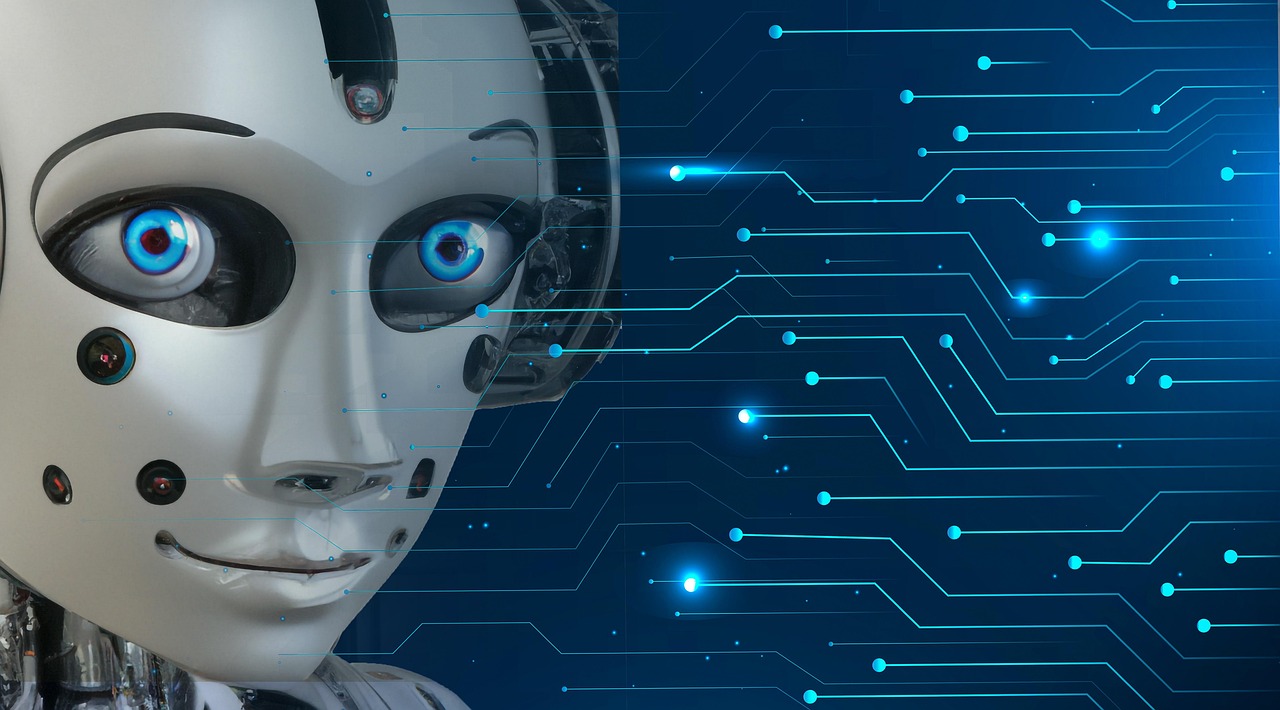Blog
How Chatbots and Al Assistants Are Transforming HR?

The Role of Chatbots and Virtual Assistants in HR
In the absence of a self-service solution, today’s HR departments waste time every day responding to employees’ frequently asked questions while struggling to effectively manage ordinary chores and human resource operations. Human resources professionals are unable to devote their time and energy to important initiatives like leadership development, company culture, employee retention and motivation, and valuable activities like answering standard questions. It is now essential to address these concerns as HR departments take on a more strategic role.
The use of chatbots and virtual assistants in HR procedures has revolutionized the field in recent years. These intelligent digital beings are improving employee experiences, expediting HR procedures, and offering insightful data. This blog will discuss the increasing importance of chatbots and virtual assistants in human resources as well as how they are influencing the workplace of the future.
What are HR chatbots?
HR chatbots are virtual assistants with AI capabilities that can handle a variety of HR-related activities and inquiries. They comprehend questions from candidates and employees using natural language processing (NLP) and respond with pertinent details or finished tasks. Consider them to be helpful, self-service HR agents who are on call around-the-clock.
The global adoption rate of artificial intelligence (AI) is 21%, according to Engagedly’s State of AI in Human Resource Management report. More businesses are realizing how AI may improve workforce management. With 45% implementing AI for HRM, global HRM leaders are embracing AI to propel HRM changes.
Read our guide and explore yourself that how to choose a perfect virtual assistant for your business.

Types of HR chatbots
Here are some of the common types of HR chatbots below:
Recruitment chatbots:
Answer fundamental questions about the business and the available position, gather preliminary candidate data, set up interviews, and score the candidates’ answers to pre-qualify them.
Onboarding chatbots:
Assist new hires with the onboarding process and talk about the company’s culture, tools, benefits, and policies. They also respond to inquiries and gather records.
HR support desk:
Answers common questions from staff members, such as those about leave regulations, benefits information, and policy clarifications. Additionally, they can manage attendance, update personnel data, and refer staff to pertinent HR resources.
Chatbots for feedback and surveys:
To enhance workplace culture, conduct employee surveys (engagement, exit, and pulse surveys) and collect attitude and feedback from staff members.
Chatbots for employee engagement:
By providing employees with company resources, enabling them to interact with one another, soliciting employee opinions regarding company culture and procedures, and publicizing company events, you may help enhance the employee experience.
Chatbots for wellbeing:
Address health issues, provide mental health assistance, and link employees to wellness options.
Chatbots for training and development:
Help staff members obtain training materials, suggest training programs, and respond to inquiries about training.
Chatbots for performance management:
Assist managers and employees with goal-setting, performance evaluations, and feedback.
Looking for a best performance management software? Here’s our guide.
Chatbots for HR analytics:
Permit HR staff to use analytics and insights to inform data-driven choices about employee engagement, talent management, and workforce planning.
Benefits of Chatbots and Virtual Assistants in HR
Organizations can profit greatly from the use of chatbots and virtual assistants in HR.
- Efficiency: By automating repetitive operations, these digital technologies save manual labor and allow HR professionals to concentrate on strategic objectives.
- Consistency: Chatbots ensure that all employees receive the same information and treatment by responding to their questions in a consistent manner.
- Scalability: They are appropriate for large firms or times when HR activity is higher since they can manage a large number of questions at once.
- Availability Around-the-Clock: Virtual assistants are accessible at all times, supporting staff members in various time zones and allowing for flexible work schedules.
- Cost Savings: Organizations can cut operational expenses by automating repetitive operations and minimizing the need for extra HR personnel.
- Improved Employee Experience: Chatbots and virtual assistants make it easy and quick to access HR services, which enhances the working environment for all employees.
Challenges in Implementing HR Chatbots

Although HR chatbots present great opportunities to streamline processes, there are obstacles to overcome in their implementation. Let’s examine the main challenges that businesses face when adopting these AI assistants.
Integration Problems
One major obstacle is the smooth integration of chatbots with current HR systems. AI tools and legacy software frequently have compatibility problems. For someone who speaks only code, it’s similar to teaching them a new language.
Careful planning and occasionally a total redesign of the current infrastructure are necessary for this integration. Close collaboration is required between cross-functional teams comprising chatbot developers, IT specialists, and HR specialists as they map out data flows, spot possible bottlenecks, and build system bridges.
Data Privacy: Walking a Tightrope
Given the prevalence of data breaches in this day and age, protecting sensitive employee information is essential. HR chatbots manage personal information, including performance evaluations and salary information. The difficulty lies in striking a balance between security and accessibility. It is crucial to put strong encryption mechanisms and stringent access controls in place. Companies also have to deal with data privacy laws like California’s CCPA or Europe’s GDPR. A single mistake might have serious legal and reputational consequences.
Accuracy:
The efficacy of an HR chatbot is dependent upon the precision of the information it distributes. Incorrect responses may lead to confusion, frustration, and potential legal effects if employees rely on inaccurate data. Maintaining accuracy necessitates ongoing oversight and enhancement. HR teams must consistently evaluate interactions, update knowledge repositories, and optimize algorithms.
Human Touch:
Chatbots are excellent at answering standard questions, but they may find it difficult to handle complex or sensitive scenarios. Businesses need to think carefully about which tasks can be automated and which need human intervention. The goal is to enhance HR capabilities rather than take the place of human insight and compassion. A hybrid approach that uses chatbots to answer basic questions while referring more complicated ones to human HR specialists blends efficiency with the human touch that workers require in delicate circumstances.
Conclusion
Virtual assistants and chatbots are now essential HR tools that are transforming how businesses handle their employees. They are positioned to play a significant role in determining the direction of HR because of their capacity to optimize procedures, boost productivity, improve employee experiences, and offer insightful information.
Their function will probably grow as technology develops further, which will eventually help businesses and staff alike. For HR departments hoping to prosper in the digital era, adopting these AI-driven solutions is not only an option—it is a requirement.
Share
15 Minutes Free Discovery Call
How Zrafted Can Help Businesses?
- Contact Centre Solutions
- Managed IT Services
- Digital Marketing
- Business Process Outsourcing
- Virtual Assistance
- E-Commerce

